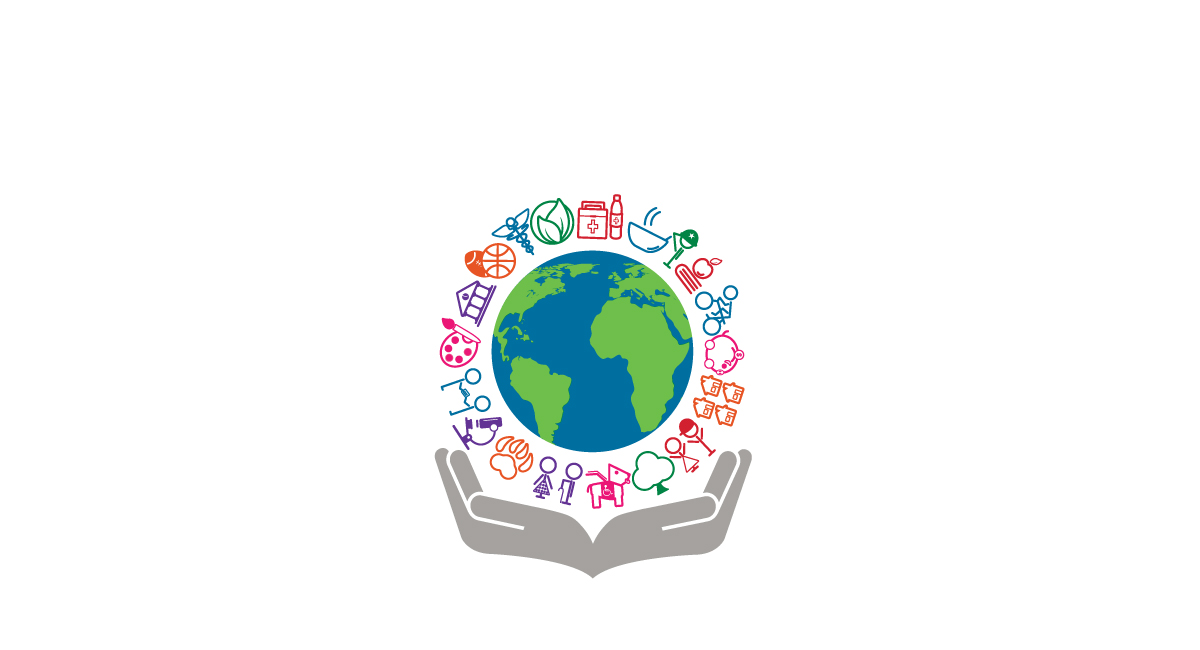Nonprofit Agency: Comprehensive Services to Support Charities and Organizations
Discovering the Diverse Features and Responsibilities of a Nonprofit Company in Resolving Social Issues and Supporting Change
Not-for-profit agencies function as essential agents of adjustment within culture, tackling a myriad of social issues via complex strategies. Their duties extend beyond simple solution provision; they involve in campaigning for, resource mobilization, and community outreach, commonly serving as a bridge in between marginalized populations and important services. By fostering cooperations and employing culturally relevant techniques, these companies deal with the origin triggers of social obstacles. Yet, the intricacies of their functions increase crucial inquiries regarding efficiency and sustainability. What are the ramifications of these diverse functions on long-term area influence?
Recognizing Nonprofit Company Functions
The effectiveness of not-for-profit agencies pivots on a clear understanding of their varied duties within society. Not-for-profit firms usually operate as solution suppliers, delivering crucial programs and resources to underserved populaces.
In addition, nonprofits play an important role in campaigning for, elevating awareness and affecting policy choices that affect their neighborhoods. By involving in study and public education and learning, these companies aid shape public discourse and promote educated decision-making - nonprofit agency. They also work as systems for volunteerism, setting in motion area participants to add their time and abilities toward collective goals
In addition, not-for-profit agencies usually act as conveners, combining diverse stakeholders to promote collaboration and collective impact. This collective technique enhances their capacity to resolve complex social concerns efficiently. Recognizing these multifaceted duties is important for optimizing the possibility of not-for-profit companies in developing lasting social modification and enhancing general community wellness.
Area Involvement and Outreach
Effective community involvement and outreach are basic components of nonprofit companies' techniques to promote links and build trust fund within the neighborhoods they serve. These initiatives concentrate on recognizing community needs, promoting awareness of offered sources, and motivating participation in programs designed to attend to social concerns. Not-for-profit companies use a range of approaches to involve with area participants, such as workshops, informational sessions, and collective occasions.
Outreach campaigns serve to reinforce connections with diverse populaces, especially marginalized teams who may deal with obstacles to accessibility. By utilizing culturally relevant communication methods and leveraging neighborhood partnerships, nonprofits can boost their exposure and demonstrate their dedication to area empowerment. This method not only cultivates a sense of belonging but likewise raises the possibility of continual involvement.
Furthermore, effective neighborhood engagement goes beyond simple engagement; it involves actively paying attention to area participants' responses and integrating their understandings into program advancement. This collaborative procedure ensures that the services used are receptive, relevant, and tailored to the distinct challenges faced by the neighborhood. Ultimately, cultivating strong links through involvement and outreach can result in even more impactful interventions and a better collective initiative towards promoting favorable social modification.
Campaigning For and Policy Impact
Campaigning for serves as a vital mechanism for nonprofit firms to influence public law and drive systemic change. By leveraging their knowledge and area insights, these companies can properly represent marginalized populaces and address pushing social issues. Nonprofits involve in advocacy with various approaches, including public understanding campaigns, grassroots mobilization, coalition structure, and straight lobbying of policymakers.
With these initiatives, nonprofit agencies intend to shape regulations and plan structures that straighten with their goal and the demands of the communities they serve. They conduct research study, collect information, and share engaging stories to highlight the necessity of specific issues, making certain that decision-makers are educated and motivated to act. This process not just intensifies the voices of those affected by social oppressions yet also fosters an extra equitable and inclusive policymaking environment.
Additionally, advocacy efforts usually seek to create long-lasting architectural changes, addressing source instead than just relieving signs and symptoms. By focusing on plan influence, nonprofit firms add to a broader understanding of social obstacles and advertise services that can result in sustainable improvements in social wellness. Eventually, campaigning for is fundamental to the transformative role nonprofits play in developing a simply and equitable culture.
Fundraising and Source Monitoring
Nonprofit agencies depend on durable fundraising and resource administration strategies to support their campaigning for initiatives and sustain their objectives. By using a multi-faceted method, nonprofits can mitigate the dangers connected with reliance on a solitary financing source.
Resource monitoring is equally essential, as it includes the critical allocation of both human and economic sources to maximize effect. Nonprofits need to develop budgets that line up with their objectives while making certain transparency and liability to stakeholders. This involves normal surveillance of expenditures and changing methods as required to optimize resource use.

Collaboration and Partnerships
While several organizations seek their objectives individually, partnership and partnerships can significantly improve the effectiveness of not-for-profit agencies. By collaborating with various other nonprofits, government entities, and economic sector organizations, nonprofits can merge resources, share check my reference expertise, and magnify go to this web-site their influence on social concerns. Collaborative initiatives usually bring about cutting-edge options that might not be achievable individually, leveraging the toughness of each companion to deal with intricate challenges.

Eventually, effective collaboration requires clear communication, shared objectives, and shared respect amongst partners. By welcoming a participating technique, not-for-profit companies can develop lasting networks that not only address instant social problems yet also add to lasting systemic modification, fostering a more fair society. Through collaboration, nonprofits can prosper and optimize their capacity for purposeful impact.
Conclusion
Not-for-profit companies serve as critical entities in addressing social concerns and cultivating modification within neighborhoods. With diverse features such as community source, involvement, and campaigning for administration, these organizations successfully activate sources and assistance for underserved populaces. Their collective initiatives with numerous stakeholders boost the capability to affect public law and advertise architectural adjustments. Ultimately, the diverse functions of not-for-profit firms considerably contribute to the quest of social justice and the renovation of area health.
Recognizing these diverse functions is crucial for making best use of the potential of nonprofit companies in developing lasting social change and enhancing general neighborhood health.
Reliable community involvement and outreach are basic components of nonprofit agencies' strategies to foster links and develop depend on within the communities they offer. By functioning together with various other nonprofits, federal government entities, and personal sector companies, nonprofits can merge sources, share experience, and enhance their impact on social problems.Not-for-profit agencies offer linked here as important entities in addressing social concerns and promoting change within areas - nonprofit agency. Eventually, the complex functions of nonprofit firms considerably contribute to the search of social justice and the renovation of neighborhood well-being